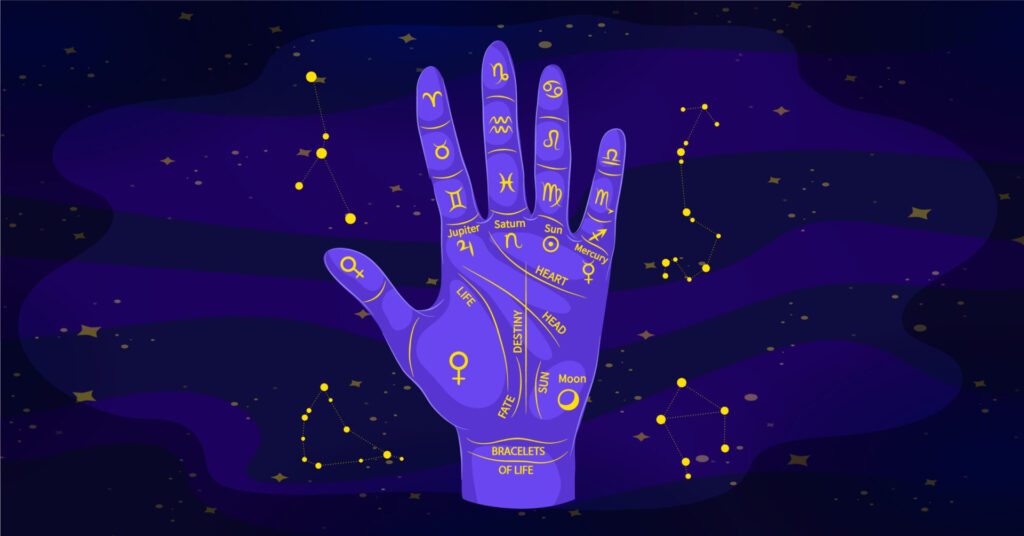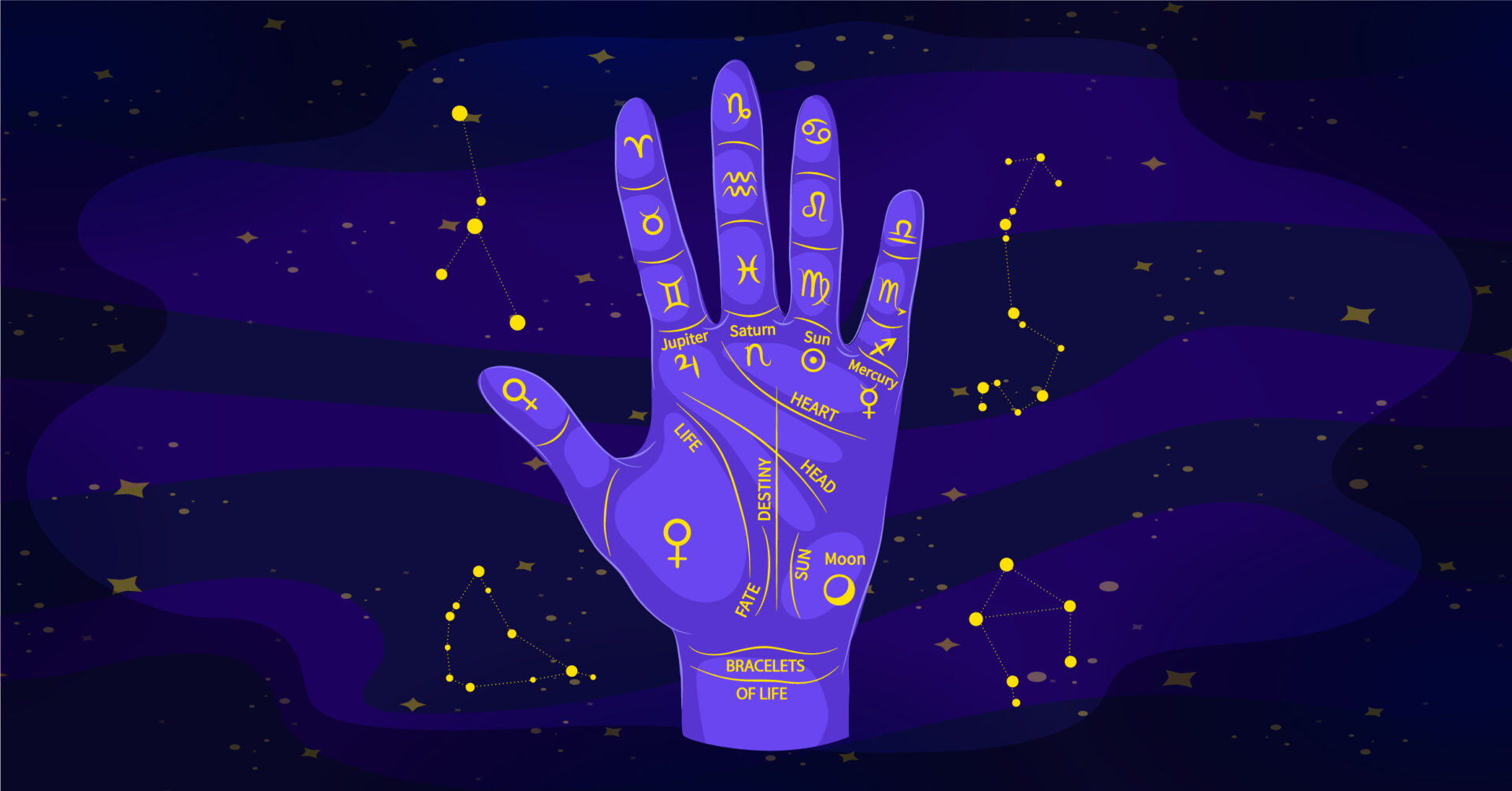Generally, things that develop a sense of awe in us, mysterious in the way they work, are regarded as being full of magic. Recent literature in cognitive psychology and neuroscience demystifies magic. Magic is not beyond our capacity to understand, but in reality, magic only makes us aware of our own perceptual deficits.
Read the following sentence:
New York is beautiful in the spring.
It’s a fairly common sentence following the basic grammatical structure of Subject-Verb-Object. But if you pay close attention to it, you’ll realise that the word “the” is typed twice in the sentence. The reasons for missing the extra “the” in the statement lies in evolutionary understanding of the physiology of the body as well as the principles of Gestalt Psychology.
From an evolutionary perspective, in ancient times, we used to hunt for food. Sometimes food was available, sometimes it wasn’t. This uncertainty was biologically programmed in our genetic system where our body tries it’s best to conserve energy. When the brain is bombarded with stimuli, in order to comprehend such a constant flow of information, it tends to take shortcuts. It works on forming schemas and prototypes. For example, the basic structure of a sentence in the English language is Subject-verb-object. Hence, in order to conserve energy, the brain doesn’t get into the details and views the letters and words separately, instead, it focuses on the structure, assumes that it’s a basic sentence and fails to register the extra “the”. This phenomenon is called “inattentional blindness”.
In an experiment for inattentional blindness, random college students were approached by a person asking for directions. While the college student was giving directions to a specific place, someone with a large object walked in between the two of them blocking the college person’s view. When the object was carried, the person asking for directions was replaced with another person in the same clothes. The college students failed to recognise this other person.
Another experiment involved watching a video of a basketball game. They were asked to selectively focus on a particular object on screen. In the video, there was a gorilla who came and danced on screen. Upon interrogation, the majority of the participants failed to notice the dancing gorilla. This is one of the reasons why magician’s assistants are conventionally attractive and often wear similar costumes.
Alongside inattentional blindness, selective attention is also another cognitive phenomenon. We have limited capacity for attention and focus only on certain things, ignoring the rest. A magician uses this phenomenon by simply misdirecting our attention. Conjuring a coin behind your ear when both their hands are empty utilises this cognitive principle.
The cocktail party effect is a widely known experiment by Cherry et. al. According to Cherry, in a noisy crowd, we are most likely to notice our name being called out even if we’re not particularly paying attention to the person who is yelling our name out. It even consists of our ability to block out other noises while paying attention to a single talker. This is one of the most important tools used by the magician where they guide attention to one thing or distract us using their words while performing the action and directing the attention back to the object.
Magicians also bank on visual illusions to perform tricks. The simple trick of the bending spoon, as the magician claims to be performing using only their supernatural powers, is nothing but a trick on the brain. The brain has mental representations of objects. It associates the differences in shape, edges and sides with specifics of various objects. However, with the object in motion at a certain rate of speed, the object identifying neurons do not cooperate well with the motion identifying neurons while perceiving the object, due to which the brain gets confused and the object appears to be bending. Basically, the brain can’t catch up with the speed of the object.
Persuasion and suggestibility are other psychological phenomena used by mentalists – people who claim to read your mind. More often than not, they tend to use basic principles of suggestions. Our brain is a neural network of associations. We tend to form associations by birth. For example, when a child sees a dog for the first time, he remembers it as a dog due to its physical features such as height, sounds it makes, size, color, etc. The next time he sees a similar object or animal, he will call it a dog. When a mentalist is asking questions, he’s focusing on the aspects of the object he wants you to think. When you make the correct association and draw or talk about the object out loud, it looks as if the mentalist was able to read your mind.
As neuroscience and cognitive psychology explores more into magic and the human brain, it only uncovers the marvels that our brain is capable of or rather, incapable of. Even though there is not much research in magic itself, exploring the scientific backgrounds of age-old magic tricks is quite intriguing. It helps us understand how our brain processes information and also the gaps in the way it processes information which deepens our understanding of human cognition.
Read More:
Cognitive Dissonance and Understanding What Is Confirmation Bias





